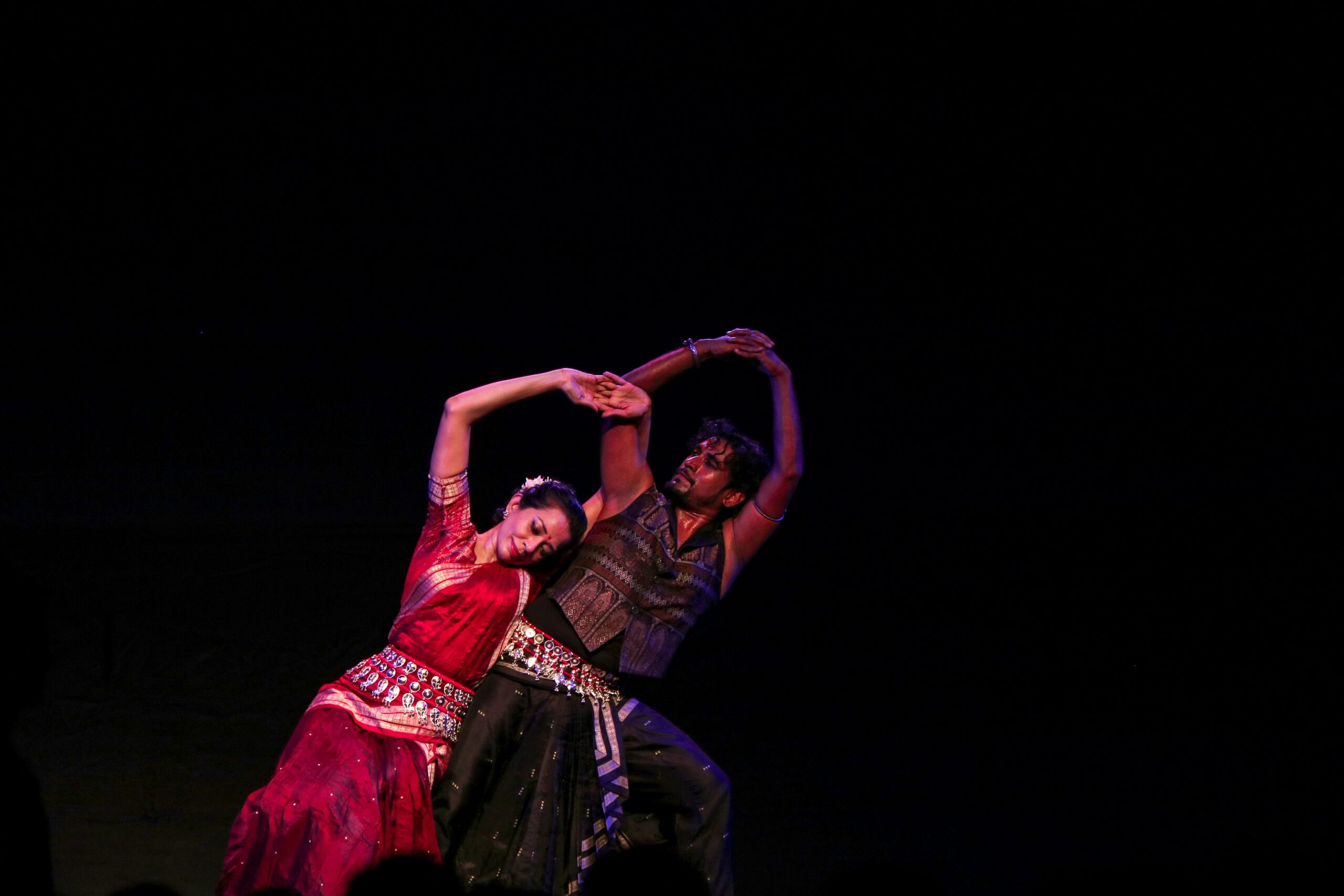South Asia has long been celebrated for its rich tapestry of traditional dances, which have transcended geographical boundaries to find appreciation worldwide. Dating back to around 2,500 B.C., dance in the region, particularly in what is now Pakistan, has held profound cultural significance. With the partition of India in 1947, however, the landscape of cultural expression underwent a massive shift, leading to significant losses and transformations.
The partition of 1947 stands as one of the most tragic episodes in the history of South Asia, marked by widespread displacement, violence, and loss of life. It resulted in the largest forced migration in history, with approximately 15 million people uprooted from their homes. The poorly executed manner in which the partition done by, with arbitrary state lines drawn without regard for existing communities and cultural identities, heightened the suffering of millions. Families were torn apart, and communities were shattered, leaving behind a trail of trauma and dislocation.
Amidst this chaos, the cultural heritage of the region faced immense challenges. Traditional dances, which had once thrived as expressions of collective identity and celebration, became fragmented and politicized. The once-unified dance forms, such as Bhangra, Luddi, and Gidda, began to be categorized along religious and communal lines, erasing their shared history and cultural significance. The partition also disrupted the intermingling of cultural influences, leading to a loss of shared traditions and rhythms that had been passed down through generations.
Despite the destruction caused by partition, the spirit of Pakistani dance persevered. The infectious rhythms of traditional music, characterized by instruments like the dhol, tabla, and sarangi, continued to resonate, providing a soundtrack for moments of joy and celebration. The vibrant dance moves, marked by energetic jumps, kicks, and spins, remained a testament to the resilience of cultural expression.
Bhangra, with its roots in the lands of Punjab, embodies the spirit of harvest and abundance. It transcends religious and cultural boundaries, serving as a symbol of unity and celebration. Similarly, Luddi, with its simple yet lively footwork, reflects the enduring spirit of Punjabi culture, passed down through generations despite the challenges of partition.
In essence, while the partition of 1947 may have disrupted the cultural landscape of South Asia, the spirit of Pakistani dance continues to endure, serving as a example to the resilience and adaptability of cultural expression in the face of adversity.
Image:
Photo by Kunal Parmar on
Sources:
https://en.wikipedia.org/wiki/Partition_of_India
https://www.britannica.com/art/South-Asianarts/Pakistan
https://www.britannica.com/art/bhangra
https://www.goldenthreads.uk/blog/pakistan-and-kathak-classica-indian-dance
https://www.cnn.com/videos/travel/2018/11/02/iconic-india-bhangra-vision.cnn
https://www.britannica.com/art/luddihttps://www.manavsinghi.com/2023/10/luddi-dance-of-punjab.html

